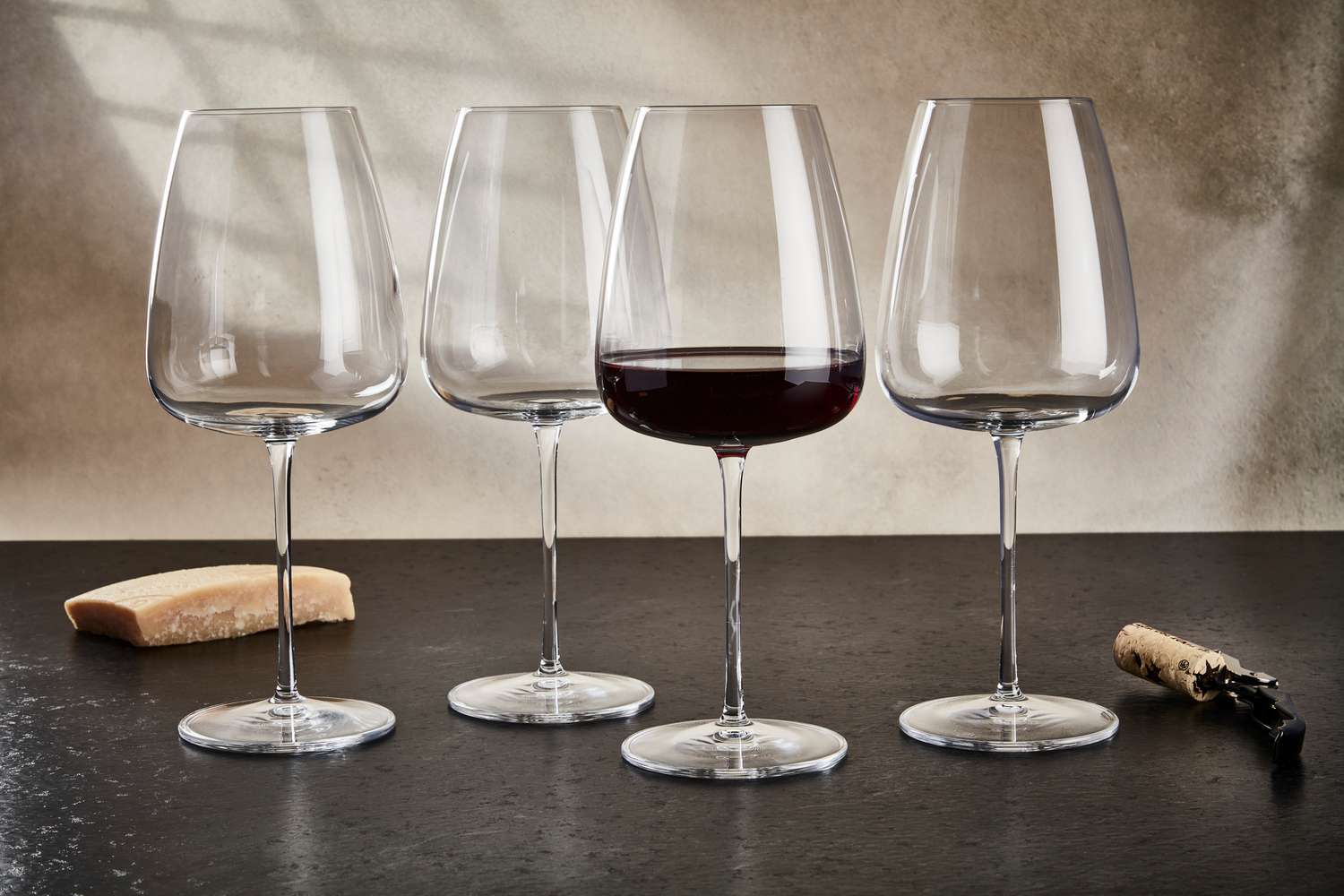

Tableware
How Are Wine Glasses Made?
Modified: January 9, 2024
Discover the fascinating process behind wine glass production and learn how tableware is crafted with precision and expertise.
(Many of the links in this article redirect to a specific reviewed product. Your purchase of these products through affiliate links helps to generate commission for Storables.com, at no extra cost. Learn more)
Introduction
When it comes to tableware, wine glasses are an essential component. They not only serve as vessels for enjoying the exquisite taste and aroma of wine but also add elegance and sophistication to any dining experience. Have you ever wondered how these delicate and intricately designed glasses are made?
In this article, we will take a closer look at the fascinating process of wine glass production. From the historical background to the materials used and the craftsmanship involved, we will provide you with a comprehensive understanding of how wine glasses are made.
So, grab a glass of your favorite wine and join us on this journey to discover the art and science behind the creation of wine glasses.
Key Takeaways:
- The evolution of wine glasses from ancient clay vessels to modern lead-free crystal showcases the artistry and innovation that enhances the sensory experience of enjoying wine.
- Understanding the craftsmanship, materials, and quality control behind wine glass production elevates the appreciation of these delicate vessels, adding an extra layer of sophistication to wine enjoyment.
Read more: How Is A Glass Cup Made
History of Wine Glasses
The history of wine glasses can be traced back thousands of years. The drinking vessel has evolved significantly over time, reflecting the advancements in civilization and the cultural practices surrounding wine consumption.
Wine has been an integral part of human culture for centuries. In ancient times, wine was often consumed in clay or ceramic cups. As societies evolved, so did the need for more sophisticated and aesthetically pleasing vessels to enjoy wine.
During the Roman Empire, the Romans introduced glassmaking techniques to Europe. This gave rise to the production of glass wine cups, known as the patera, which had a shallow bowl and were often decorated with intricate designs.
However, it was not until the 17th century that the shape of wine glasses we are familiar with today started to emerge. The invention of lead crystal glass in England revolutionized the production of wine glasses. This new glass had a higher refractive index, giving it a brilliant sparkle and enhancing the visual appeal of the wine.
During the 18th and 19th centuries, the design of wine glasses continued to evolve. Different styles emerged, each suited for specific types of wine. For example, Bordeaux glasses with tall and spacious bowls were designed to capture the bold aromas of red wines, while Champagne glasses with tall and narrow flutes were crafted to preserve the effervescence of sparkling wines.
In the 20th century, the trend toward specialization in wine glasses continued. Wine enthusiasts recognized the importance of using the right glassware to enhance the tasting experience. Companies like Riedel and Schott Zwiesel became pioneers in producing varietal-specific glasses, catering to the nuances of different grape varietals and styles of wines.
Today, the design of wine glasses is constantly evolving, with innovative shapes and materials being introduced. From traditional to contemporary styles, there is a wide range of wine glasses available to suit every preference and occasion.
Understanding the rich history of wine glasses adds an extra layer of appreciation when sipping from these delicate vessels. The craftsmanship and attention to detail that go into their production reflect the timeless elegance and artistry associated with the world of wine.
Types of Wine Glasses
Wine glasses come in various shapes and sizes, each specifically designed to enhance the characteristics of different types of wines. The shape of a wine glass can significantly affect the aroma, taste, and overall drinking experience. Let’s explore some of the common types of wine glasses:
- Red Wine Glasses: These glasses have a larger bowl with a wider opening and are designed to allow the wine to breathe and aerate. The ample space in the bowl allows for better oxidation, enhancing the flavors and aromas of red wines like Cabernet Sauvignon, Merlot, and Pinot Noir.
- White Wine Glasses: White wine glasses tend to have a more U-shaped bowl compared to red wine glasses. The narrower bowl helps to preserve the delicate aromas of white wines and maintain cooler temperatures. Examples include Chardonnay, Sauvignon Blanc, and Riesling.
- Sparkling Wine Glasses: The classic flute glass is the go-to choice for sparkling wines like Champagne, Prosecco, and Cava. With its tall and narrow shape, the flute helps to maintain the carbonation and preserve the bubbles, allowing the aroma to be released gradually.
- Fortified Wine Glasses: Fortified wines like Port, Sherry, and Madeira often have higher alcohol content and more complex flavors. Fortified wine glasses have a smaller and narrower bowl to concentrate the aromas and direct them towards the nose, and a slightly wider rim for sipping these full-bodied wines.
- Dessert Wine Glasses: Dessert wines, such as Sauternes and Ice Wine, are enjoyed in smaller glasses with a narrow and tapered bowl. This shape helps to concentrate the rich aromas and capture the sweetness of these indulgent wines.
While these are some of the traditional wine glass types, it’s important to note that there are no hard and fast rules. Wine glasses are ultimately a matter of personal preference, and selecting the right glass should consider factors such as the wine variety, occasion, and individual tasting preferences.
In recent years, there has been an emergence of specialized wine glasses designed specifically for different grape varietals and wine styles. These glasses aim to highlight the unique characteristics of each wine and offer a more tailored tasting experience.
Understanding the different types of wine glasses can elevate your wine appreciation and make a significant difference in how you experience and enjoy your favorite wines. So, whether you’re a casual wine drinker or a dedicated oenophile, choose your glass wisely and savor every sip.
Materials Used in Wine Glass Production
Creating a wine glass involves a combination of artistry and science, starting with the selection of materials. The choice of materials impacts the durability, clarity, and overall quality of the finished product. Here are the primary materials used in wine glass production:
- Glass: Glass is the most commonly used material for producing wine glasses. It is made by melting a mixture of silica sand, soda ash, and limestone at high temperatures until it becomes molten. The molten glass is then shaped and molded into the desired form.
- Crystal: Crystal glass is favored for its superior clarity and brilliance. It is made by adding lead oxide to the glass mixture, resulting in a high-refractive index that gives the crystal its characteristic sparkle. However, due to health concerns, lead-free crystal, made with alternative materials like titanium or zinc, is increasingly being used.
- Crystaline Glass: Crystalline glass is a modern alternative to traditional crystal glass. It is made by substituting lead oxide with other minerals like potassium or barium. Crystalline glass provides similar clarity, light refraction, and sparkle as crystal, but without the lead content.
- Borosilicate Glass: Borosilicate glass is known for its high thermal resistance and durability. It is made by incorporating boron oxide into the glass mixture, which gives the glass its unique properties. Borosilicate glass is commonly used for wine glasses that are designed for both hot and cold beverages.
- Alternative Materials: In recent years, alternative materials like acrylic, plastic, and stainless steel have gained popularity for outdoor or casual wine drinking. These materials offer durability, lightweight, and ease of maintenance, making them suitable for picnics, poolside gatherings, or more relaxed settings.
The choice of material largely depends on personal preferences and intended use. Glass and crystal glasses are often preferred for their elegant appearance and ability to showcase the color and clarity of the wine. The selection of lead-free crystal or crystalline glass ensures the safety and well-being of the users without compromising on quality.
Ultimately, the material used in wine glass production plays a vital role in determining the overall aesthetic appeal, functionality, and longevity of the glass. The craftsmanship and attention to detail in working with these materials further contribute to creating exquisite wine glasses that enhance the wine-drinking experience.
The Blowing Process
The blowing process is a critical step in the production of wine glasses. It requires skilled artisans who possess the knowledge and expertise to shape molten glass into the desired form. Let’s explore the steps involved in the blowing process:
- Gathering the Glass: The process begins by gathering molten glass from the furnace using a long iron rod called a blowpipe. The artisan rotates the blowpipe, allowing the glass to gather and form a glob of molten glass at the end of the pipe.
- Shaping the Glass: The glassblower then transfers the gathered glass onto a marver, a steel or marble table, to shape it. By rolling and shaping the glass on the marver, the artisan can control the size and proportion of the glass. This step helps to ensure an even distribution of glass and removes any air bubbles.
- Blowing into the Glass: After shaping the glass, the artisan blows into the blowpipe, creating a bubble in the molten glass. This bubble serves as the starting point for forming the bowl of the wine glass. By blowing gently and with precision, the glassblower expands the bubble to the desired size.
- Manipulating the Glass: The glassblower then uses various tools, such as wooden paddles and jacks, to manipulate the glass and create the distinctive shape of the stem, base, and bowl of the wine glass. The artisan’s skill and experience come into play as they shape and refine the glass through careful heating, blowing, and shaping techniques.
- Annealing the Glass: Once the desired shape is achieved, the partially formed wine glass is placed in a lehr, a temperature-controlled oven. This process, known as annealing, allows the glass to gradually cool down over several hours, reducing internal stresses and increasing its strength and durability.
The blowing process is a delicate and precise art that requires years of practice and experience. Each wine glass is meticulously crafted, with the glassblower’s expertise influencing the final shape, thickness, and overall quality of the glass.
It is through the skillful execution of the blowing process that wine glasses are transformed from molten glass into beautiful and functional vessels that enhance the enjoyment of wine.
When making wine glasses, it’s important to use high-quality glass to ensure clarity and durability. The shape of the bowl and the length of the stem are also crucial for enhancing the wine-drinking experience.
Read more: How Is Candy Glass Made
The Stem and Base
The stem and base of a wine glass are not only functional components but also add to the overall aesthetic appeal of the design. These elements not only provide stability but also play a crucial role in enhancing the elegance and sophistication of the glass. Let’s explore the significance of the stem and base in wine glass production:
The Stem: The stem is the slender, elongated portion between the bowl and the base of the wine glass. It serves multiple purposes:
- Support and Stability: The stem provides stability to the wine glass, allowing it to be held without affecting the temperature of the wine in the bowl. The stem also prevents fingerprints from smudging the bowl, ensuring a clear and pristine presentation.
- Temperature Control: Holding a wine glass by its stem helps to maintain the wine’s temperature. Since our hands are warmer than the wine, touching the bowl directly can alter the temperature, potentially impacting the flavors and aromas of the wine. The stem allows for a comfortable grip without interfering with the wine’s temperature.
- Elegant Presentation: The stem adds an element of elegance and sophistication to the wine glass design. Its slender form creates a visually pleasing balance with the bowl and base, enhancing the overall aesthetic appeal.
The Base: The base, or foot, is the bottom portion of the wine glass that provides stability and support. Its design and size are carefully considered during wine glass production:
- Balance and Stability: The base ensures that the wine glass remains upright and stable on flat surfaces. Its size and weight distribution play a crucial role in preventing accidental tipping or toppling of the glass.
- Aesthetic Consideration: The shape and design of the base contribute to the overall visual appeal of the wine glass. From a classic round base to a more intricate and decorative design, the base adds to the exquisite craftsmanship and enhances the overall elegance of the glass.
- Functionality: Some wine glasses have a base with a small punt, a concave indentation in the center. The punt serves both decorative and functional purposes. It allows for better grip and swirling of the wine, enabling the release of aromas and enhancing the tasting experience.
Both the stem and base of a wine glass are carefully crafted and designed to create a harmonious balance of functionality and aesthetics. The attention to detail in the production of these components adds to the overall beauty and quality of the wine glass.
Next time you hold a wine glass, take a moment to appreciate the elegance and functionality of the stem and base, as they elevate the sensory experience of enjoying your favorite wine.
The Bowl
The bowl of a wine glass is arguably the most important and visually distinct component. It is the part of the glass that holds the wine and influences the aroma, flavors, and overall drinking experience. The design and shape of the bowl are carefully considered to enhance the characteristics of different types of wines. Let’s delve into the significance of the bowl in wine glass production:
Size and Shape: The size and shape of the bowl vary depending on the type of wine the glass is intended for:
- Red Wine: Red wine glasses typically have larger bowls compared to other wine glasses. The ample size allows the wine to come into contact with the air, facilitating the release of aromas and enhancing the flavors. The wide opening also enables the wine to breathe and develop, maximizing its complexity.
- White Wine: White wine glasses have smaller bowls compared to red wine glasses. The smaller size helps to preserve the delicate aromas of white wines. The narrower opening helps to concentrate the aromas, allowing the wine to be savored sip by sip.
- Sparkling Wine: Sparkling wine glasses, such as flutes, have long and narrow bowls. The shape helps to preserve the effervescence and capture the bubbles, allowing them to rise gracefully and maintain their liveliness. This design enhances the visual appeal and the overall experience of drinking sparkling wines.
- Other Wine Varieties: Specialty wine glasses, such as those designed for fortified wines or dessert wines, may have unique bowl shapes. The purpose is to enhance the specific characteristics of these wines, such as capturing the fragrance of fortified wines or concentrating the sweetness of dessert wines.
Material and Thickness: The material and thickness of the bowl also affect the wine drinking experience:
- Glass and Crystal: Glass and crystal are often used due to their transparency and ability to showcase the color and clarity of the wine. The thickness of the bowl can influence the overall feel of the glass. Thinner glass allows for a more delicate and refined drinking experience, while thicker glass offers sturdiness and durability.
- Glass Coatings: Some wine glasses are coated with a thin layer of titanium or other materials to enhance the wine-drinking experience. These coatings can modify the feel and taste of the wine when it comes into contact with the glass, offering a unique sensory experience.
- Bowl Shape for Aeration: In certain wine glasses, the shape of the bowl guides the wine towards specific parts of the mouth, enhancing the tasting experience. The curved shape of the bowl can also facilitate the swirling motion, introducing oxygen and aiding in the aeration process.
The bowl is the element of a wine glass that brings the wine to life. It allows the aroma to unfold, the flavors to develop, and the beauty of the wine to be appreciated. The thought and craftsmanship put into designing and creating the bowl play a vital role in enhancing the sensory pleasure of enjoying wine.
Whether you’re sipping a rich and full-bodied red or a crisp and refreshing white, take a moment to appreciate the design and shape of the bowl that complements the wine and elevates your enjoyment of each sip.
Decorations and Engravings
Decorations and engravings add a touch of artistry and personalization to wine glasses. They not only enhance the visual appeal of the glassware but also offer a unique and individualized touch. Let’s explore the various decorations and engravings commonly seen on wine glasses:
- Cut Designs: Cut designs on wine glasses involve the removal of glass material to create intricate patterns and motifs. This technique, often utilizing diamond or abrasive wheels, results in a textured and luminous appearance, adding a touch of elegance and sophistication.
- Etching: Etching is a technique used to create decorative designs by selectively removing the outer layer of the glass using acid or abrasive materials. This process creates a frosted or matte appearance on the glass surface, allowing light to scatter and resulting in a beautiful contrast between frosted and clear areas.
- Gilded Details: Gilding involves the application of gold or other precious metals to the glass surface, adding a luxurious and opulent touch. Gold leaf or gold paint is carefully applied by hand, creating intricate designs or borders that catch the light and shimmer with elegance.
- Painted Designs: Hand-painted decorations on wine glasses offer endless possibilities for creativity and personalization. Talented artists use specialized paints and brushes to create unique designs, ranging from delicate floral patterns to elaborate scenes or monograms.
- Colorful Stems and Bases: Some wine glasses feature colored stems and bases, adding a vibrant and playful element to the design. The use of colored glass or a creative application of enamel paint can make the stem and base standout and add a pop of color to the overall aesthetics.
- Personalized Engravings: Engravings on wine glasses offer the opportunity to add a personal touch. Names, dates, or special messages can be etched onto the glass surface, making the glass a cherished gift or a memorable keepsake to mark special occasions such as weddings, anniversaries, or birthdays.
Decorations and engravings on wine glasses serve as an expression of individual style and taste. They can transform a simple glass into a unique piece of art that reflects the personality and preferences of the owner.
Whether you prefer an exquisitely cut design, an elegantly etched pattern, or a personalized engraving, adding decorative elements to your wine glasses can elevate the overall aesthetic and make each glass a statement piece that enhances your wine-drinking experience.
Remember, the true beauty of decorated wine glasses lies in their ability to combine functionality with artistic expression, offering a feast for the eyes as well as a vessel for wine enjoyment.
Quality Control and Testing
Ensuring the quality and durability of wine glasses is essential to provide a satisfying and enjoyable wine-drinking experience. Manufacturers employ rigorous quality control measures and testing protocols to guarantee that the glasses meet the highest standards. Let’s explore the key aspects of quality control and testing in wine glass production:
Raw Material Inspection: The production process begins with a thorough inspection of the raw materials. This includes assessing the quality, purity, and consistency of the glass or crystal used, checking for any defects or impurities that could affect the final product’s integrity.
Visual Inspection: Throughout the various stages of production, visual inspection plays a crucial role. Skilled artisans and quality control professionals carefully examine each wine glass for any imperfections, such as air bubbles, cracks, or uneven thickness. Glasses that do not meet the desired standards are rejected and recycled.
Dimensions and Specifications: Wine glasses are checked against specific dimensions and specifications to ensure uniformity and consistency. This includes measuring the height, width, and capacity of the glasses to ensure they meet the intended design and functional requirements.
Strength and Durability: Wine glasses undergo rigorous tests to assess their strength and durability. This includes stress tests, where glasses are subjected to extreme temperatures and pressure changes to mimic real-world conditions. Glasses are also checked for resistance to impact, ensuring they can withstand accidental bumps and knocks without breaking or shattering.
Chemical Testing: Wine glasses undergo chemical testing to ensure they are free from harmful substances or impurities that could leach into the wine and affect its taste or safety. This includes testing for lead content in crystal glasses, ensuring they meet international safety standards.
Quality Assurance: Quality control teams perform regular inspections throughout the production process, from the initial stages of glassblowing to the final packaging. Random sampling is conducted to ensure that the produced wine glasses consistently meet the desired quality standards.
Product Certification: Some wine glass manufacturers seek certifications from independent regulatory bodies or organizations, such as ISO certification, to validate the quality of their products. These certifications provide additional assurance to customers that the wine glasses meet industry-recognized standards.
The rigorous quality control and testing processes in wine glass production underscore the commitment to delivering high-quality products to consumers. By adhering to strict standards, manufacturers ensure that wine glasses are not only aesthetically pleasing but also durable, safe, and capable of enhancing the wine experience.
Next time you hold a wine glass, appreciate the craftsmanship and attention to detail that went into ensuring its quality. With each sip, you can be confident that your wine glass has been carefully crafted to deliver a delightful and satisfying wine-drinking experience.
Read more: How Are Glass Bottles Made
Conclusion
From the ancient vessels of clay and ceramic to the intricately designed glassware of today, the journey of wine glass production has been one of craftsmanship, artistry, and continuous innovation. Wine glasses not only serve as vessels for enjoying wine but also play a significant role in enhancing the sensory experience.
In this article, we have explored the fascinating world of wine glass production. We have delved into the history of wine glasses, learning how they have evolved over time to meet the demands and preferences of wine enthusiasts. We have discovered the different types of wine glasses, each designed to elevate and accentuate the unique characteristics of various wines.
We have also gained insights into the materials used in wine glass production, understanding how the choice of glass, crystal, or alternative materials influences the quality and aesthetics of the final product. The blowing process has been demystified, showcasing the skill and precision required to shape molten glass into elegant wine glasses.
We have explored the significance of the stem and base, the functional and aesthetic components that provide stability and elegance to the wine glass. Moreover, we have examined the bowl, the centerpiece of the wine glass, which influences the aroma, flavor, and overall wine-drinking experience.
In our exploration, we have encountered the world of decorations, engravings, and personalizations that allow individuals to express their creativity and add a unique touch to their wine glasses. Additionally, we have learned about the rigorous quality control and testing procedures undertaken to ensure that wine glasses meet the highest standards of excellence and durability.
As you raise a glass of your favorite wine, take a moment to appreciate the craftsmanship, artistry, and attention to detail that go into the creation of each wine glass. The elegance, functionality, and beauty of wine glasses enhance the pleasure and sophistication of enjoying wine.
Whether you’re sipping a robust red, a crisp white, or a celebratory bubbly, let the wine glass enhance the journey of flavors, aromas, and memories. May each sip be a toast to the artisans and craftsmen who dedicate themselves to creating these extraordinary pieces of tableware.
Cheers!+
Frequently Asked Questions about How Are Wine Glasses Made?
Was this page helpful?
At Storables.com, we guarantee accurate and reliable information. Our content, validated by Expert Board Contributors, is crafted following stringent Editorial Policies. We're committed to providing you with well-researched, expert-backed insights for all your informational needs.
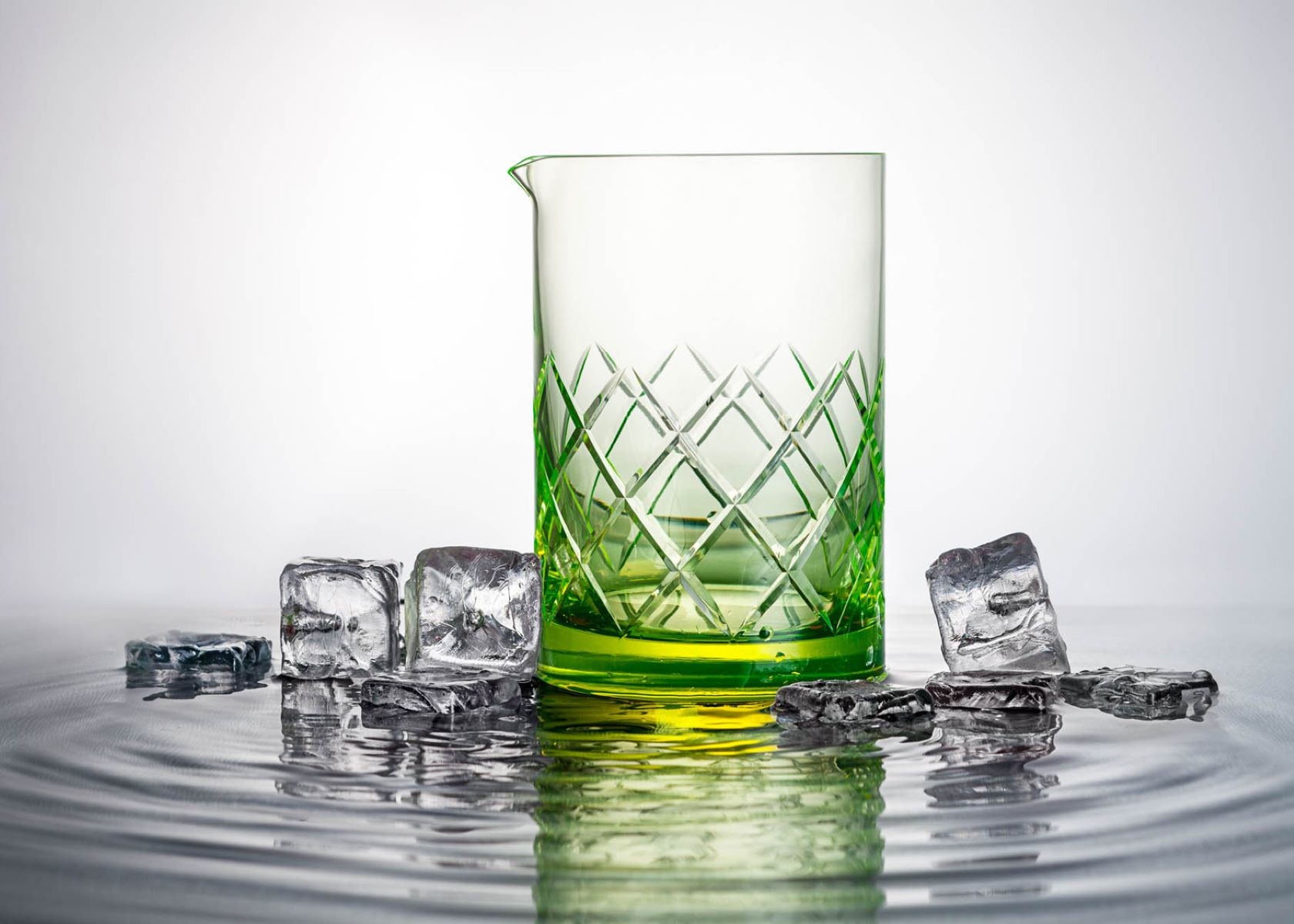
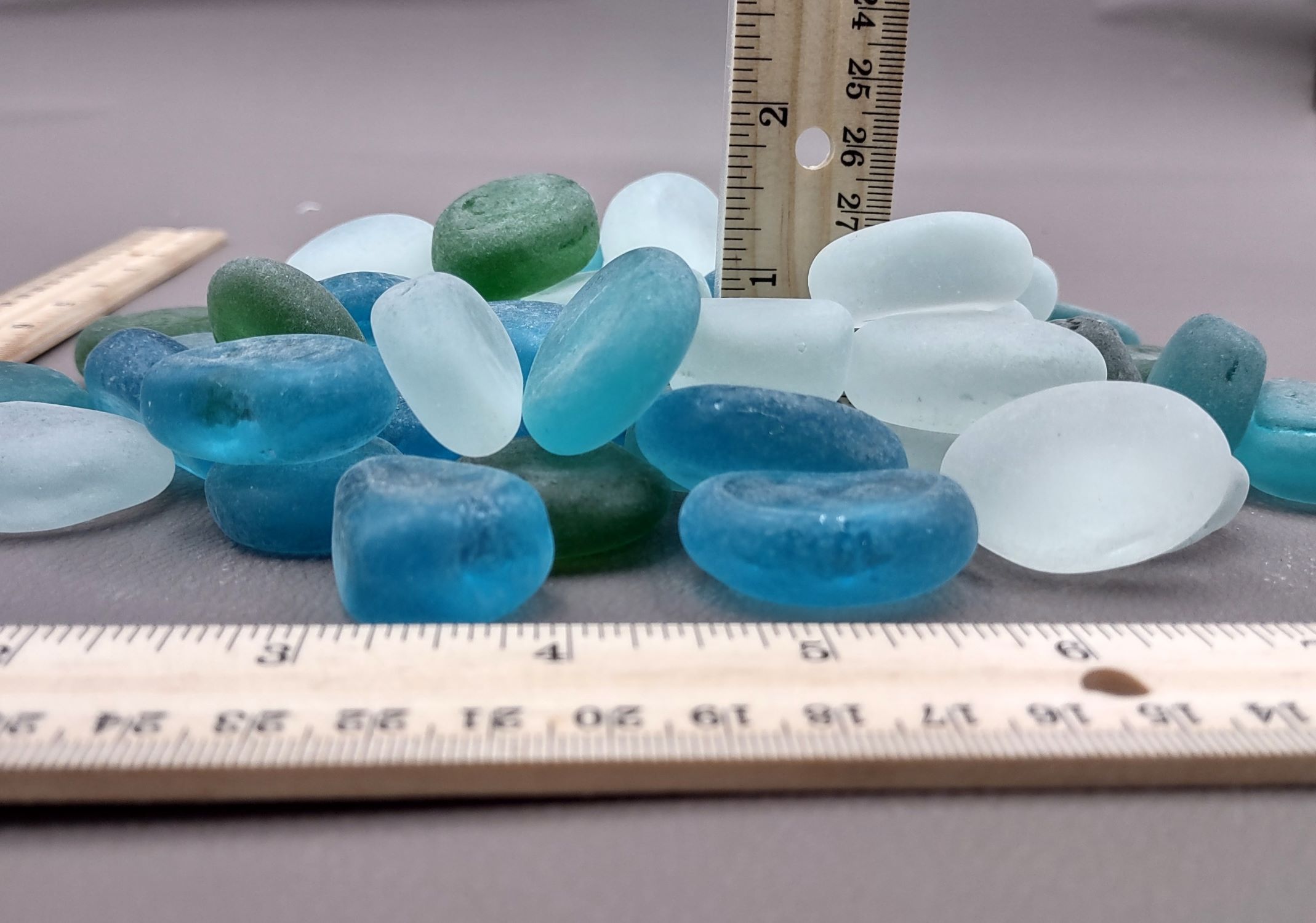
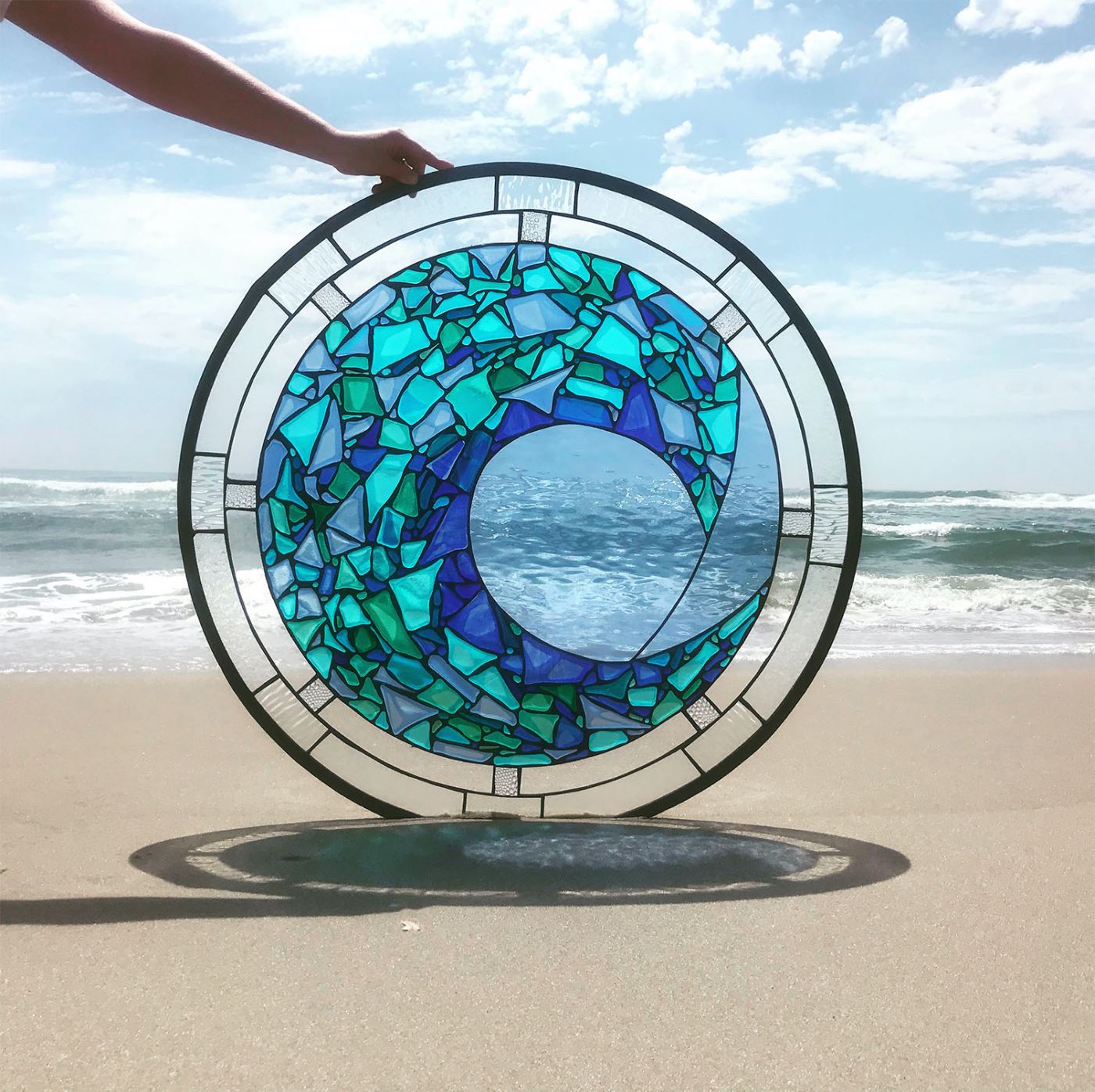
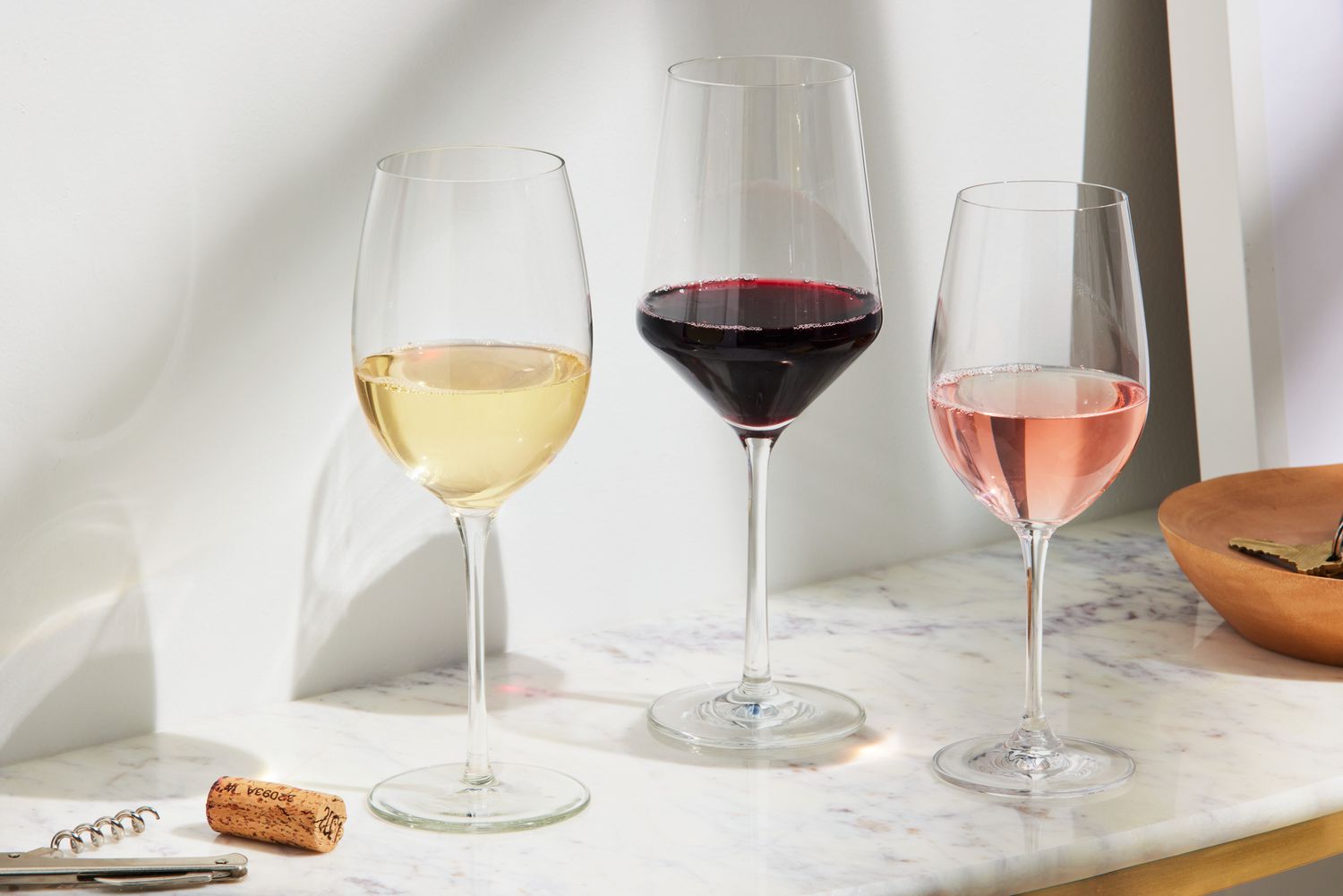
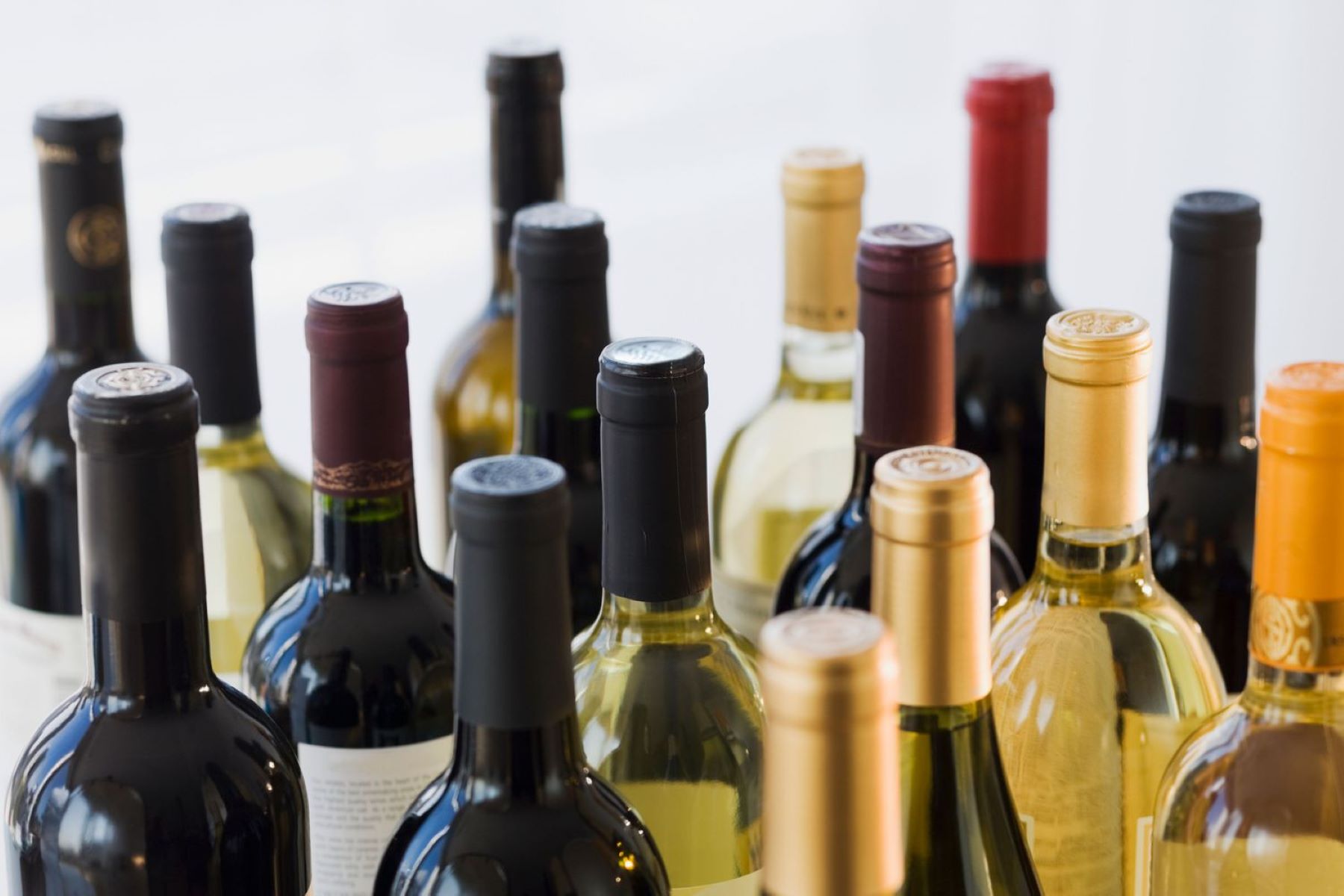
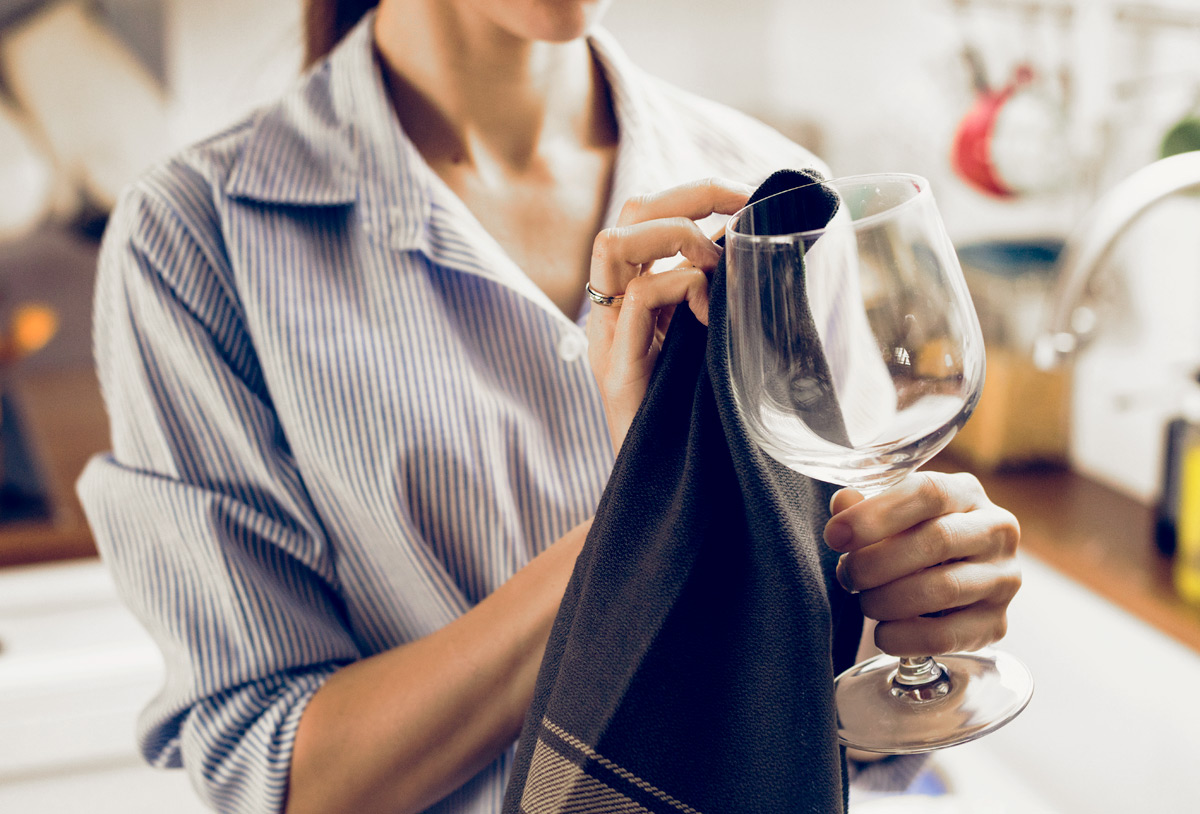
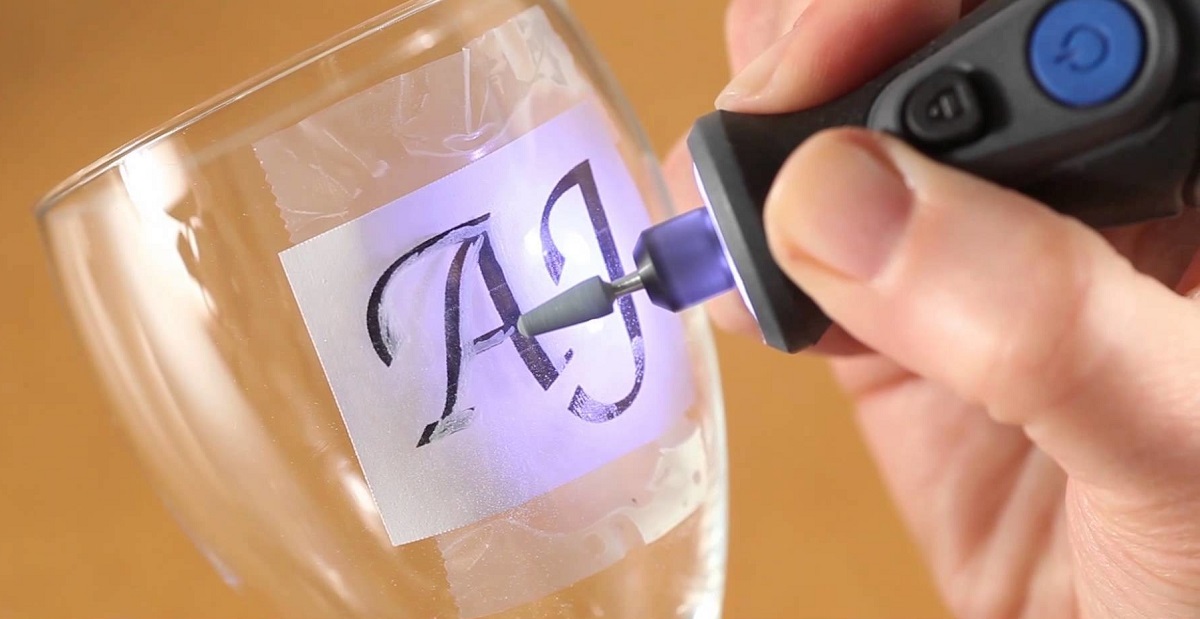
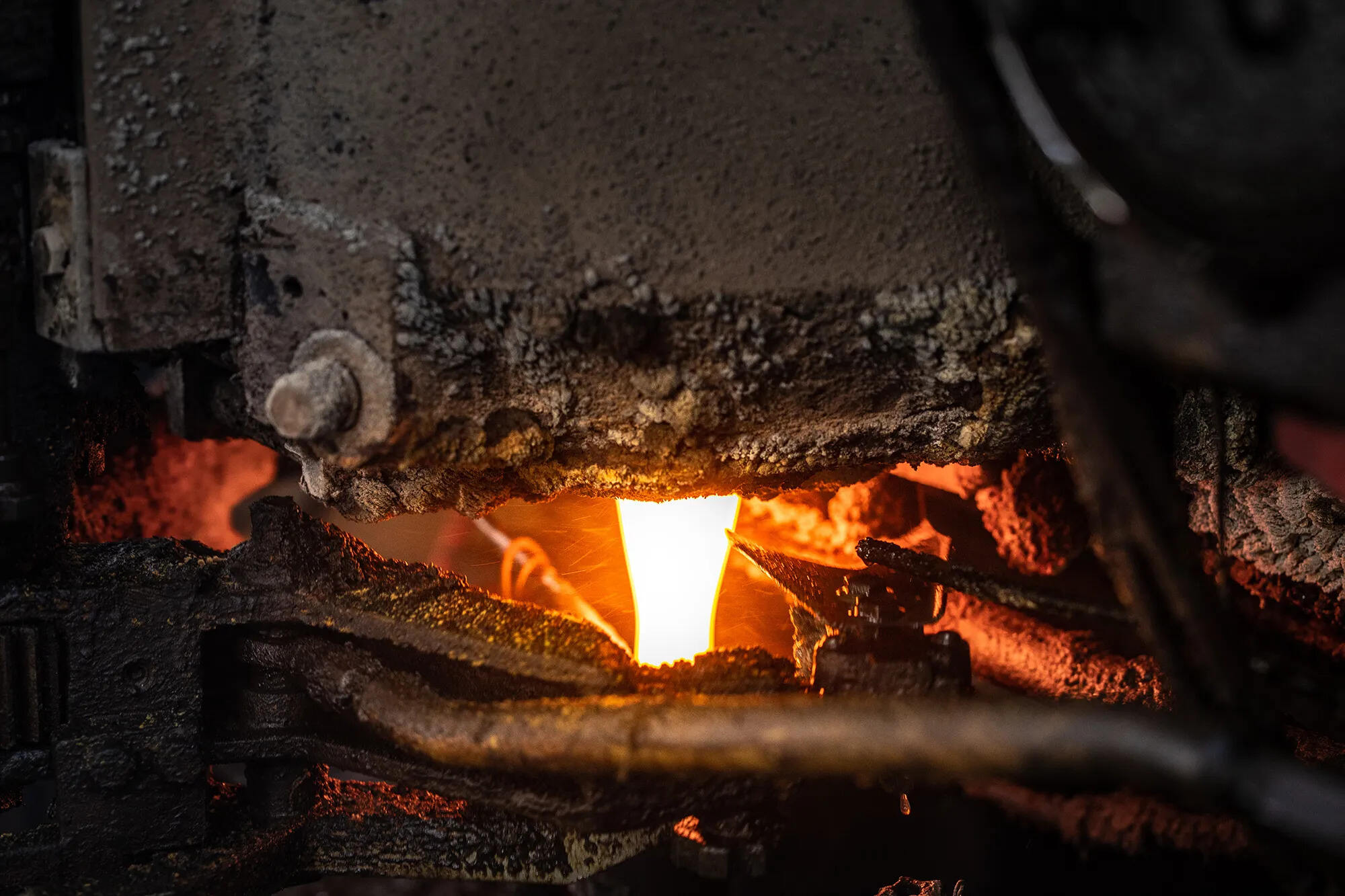
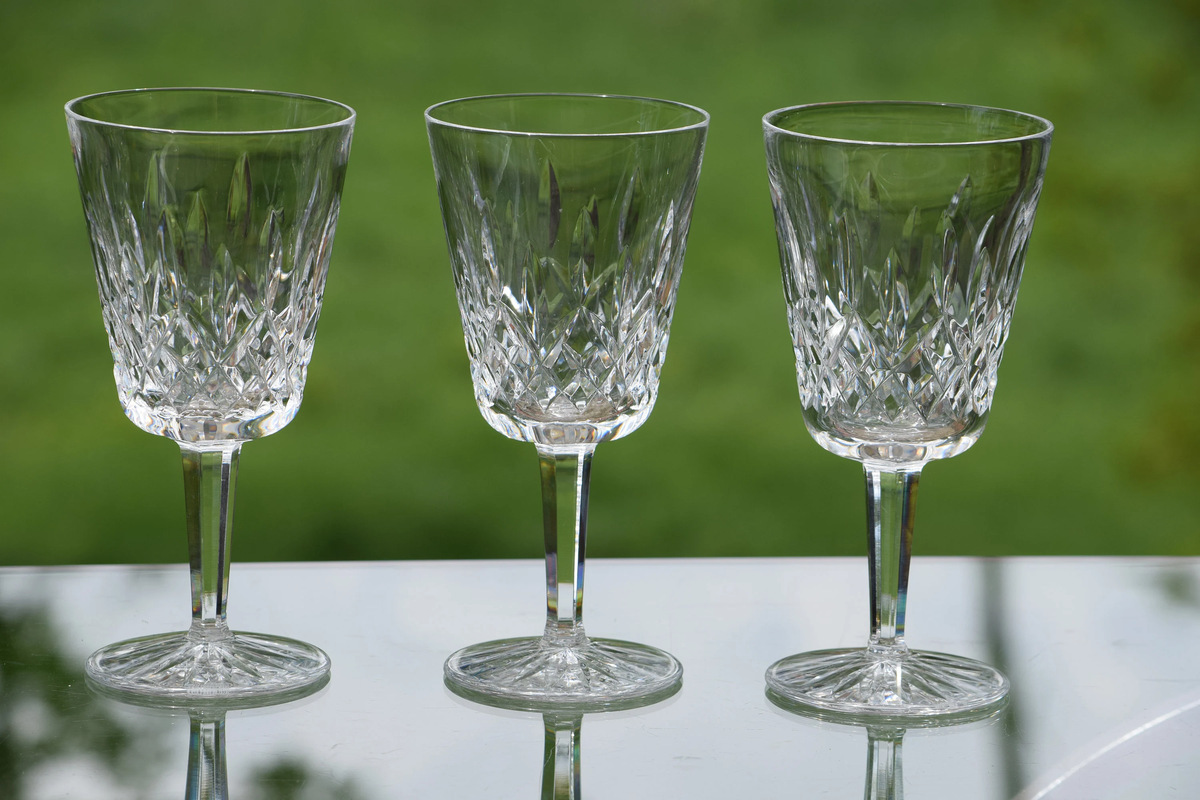
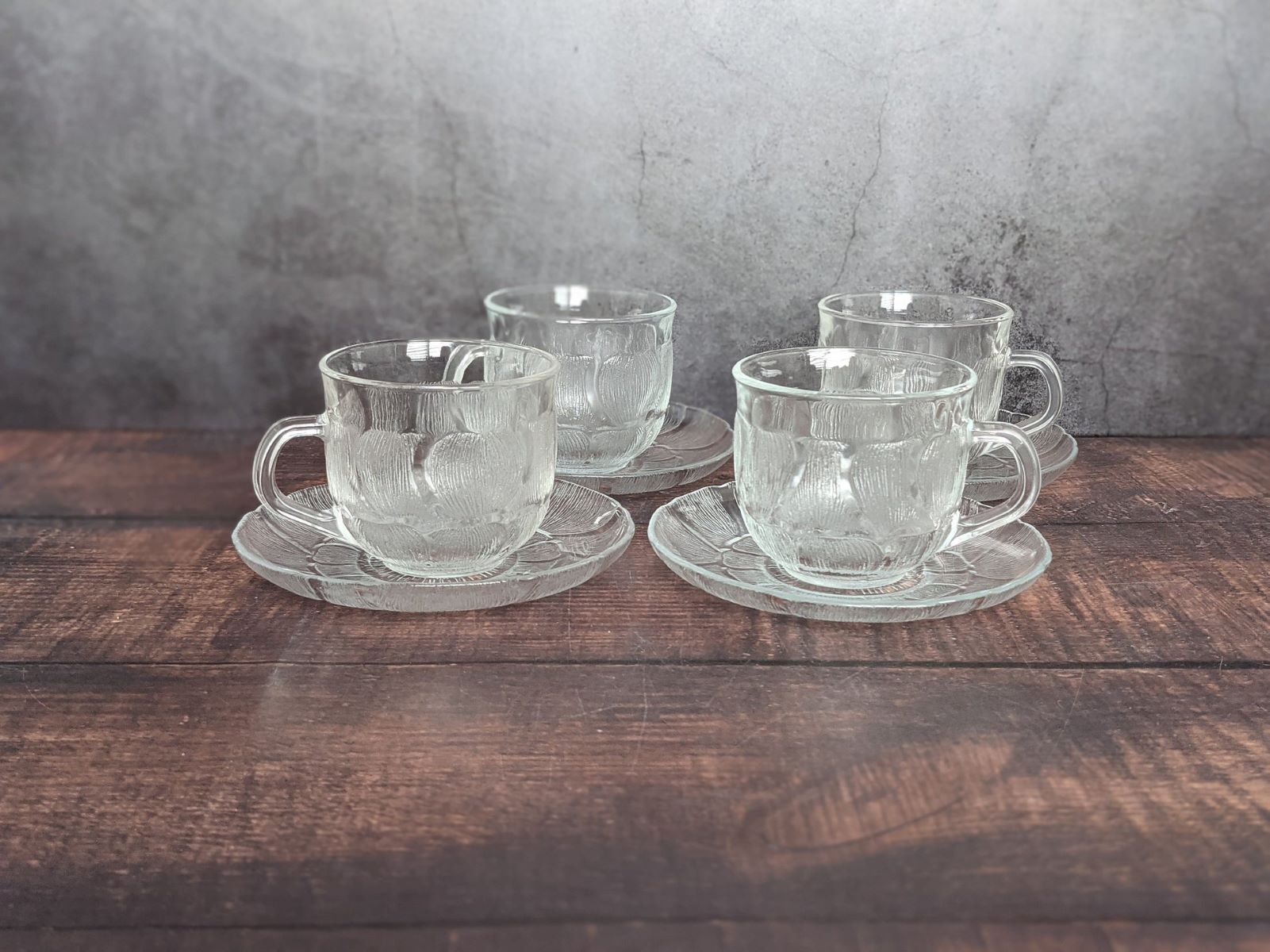

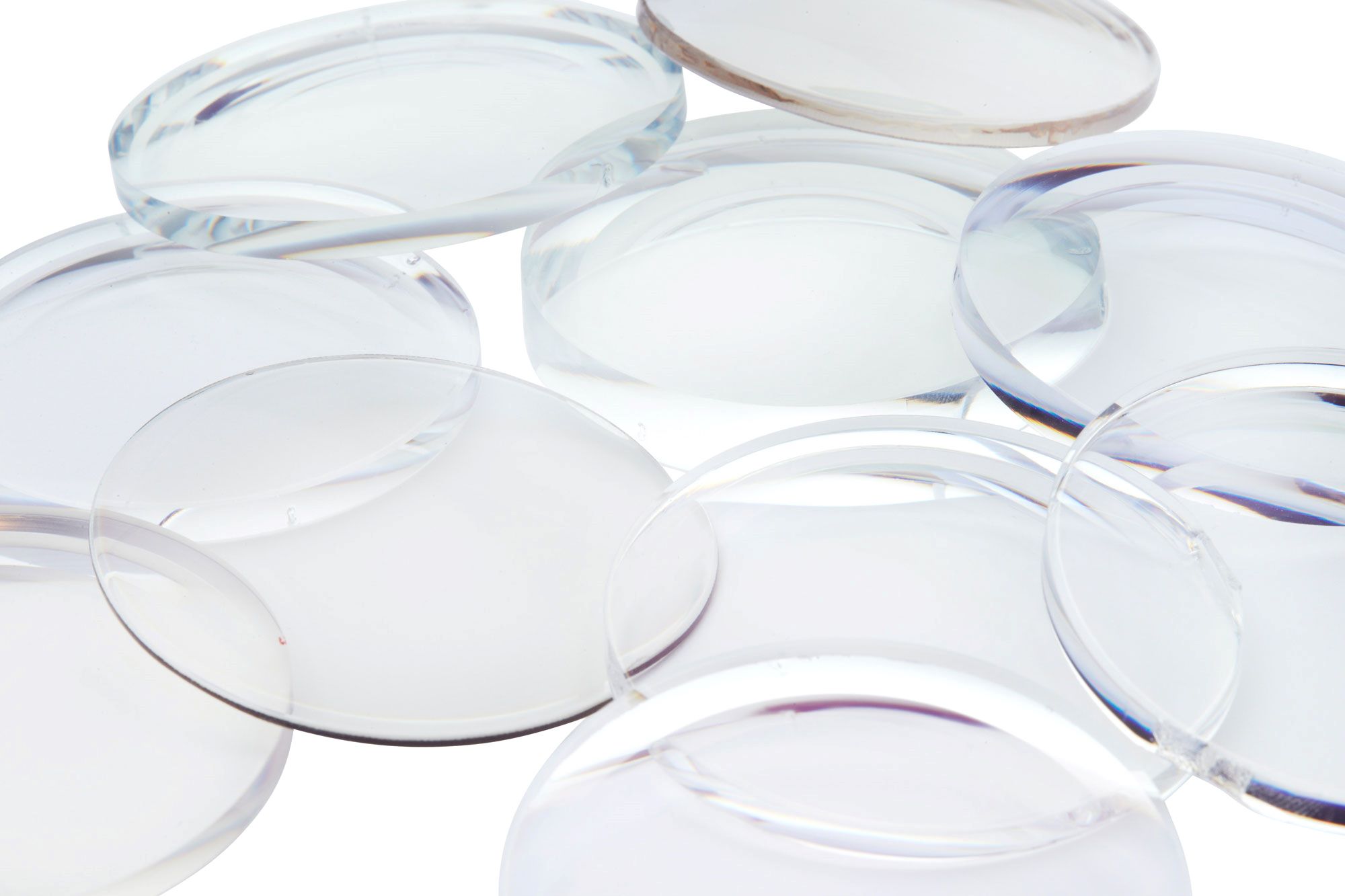
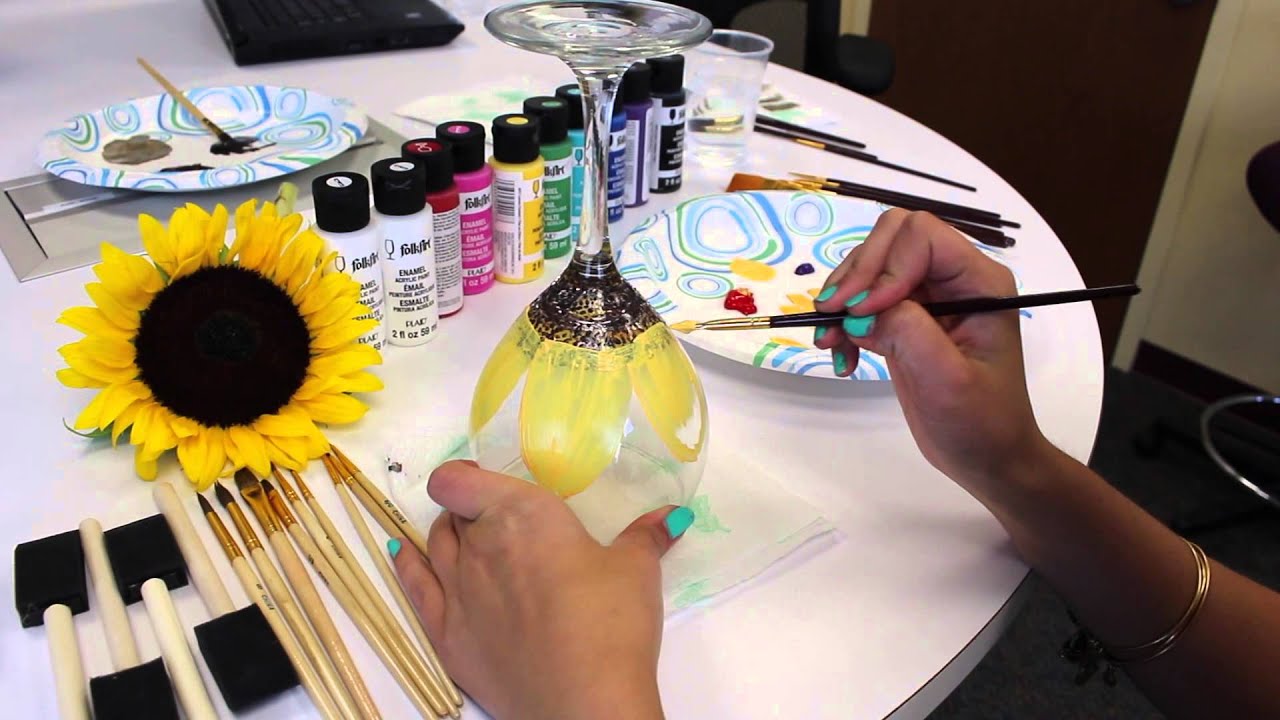

0 thoughts on “How Are Wine Glasses Made?”